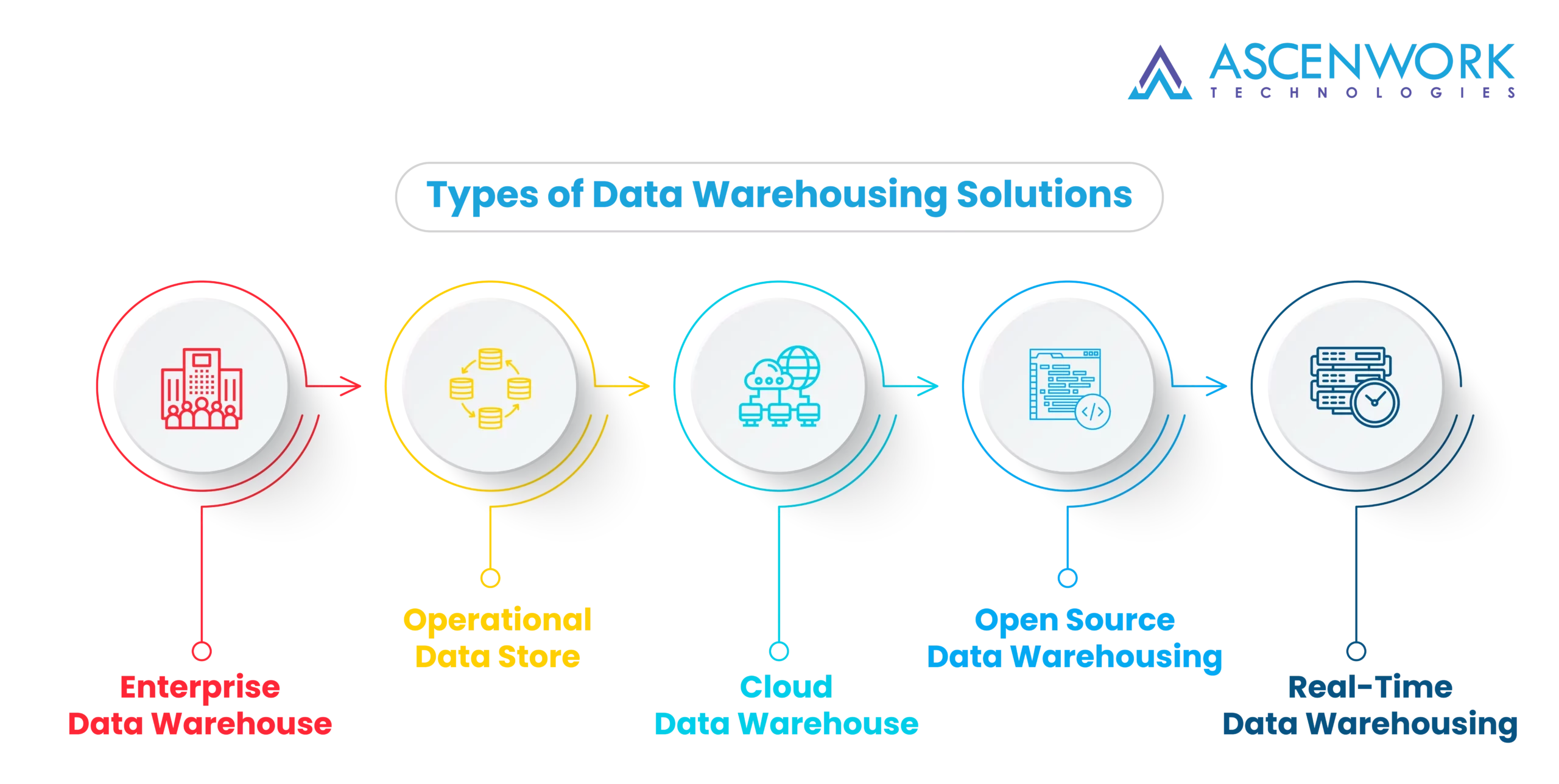
In an era of escalating cyber threats, robust security testing strategies are imperative to safeguard software integrity. This article explores essential methodologies for identifying and mitigating vulnerabilities in software systems. From penetration testing to code reviews, discover proactive approaches to fortify your applications against potential breaches. Stay ahead in the cybersecurity landscape by implementing effective security testing measures, ensuring the resilience of your software in the face of evolving threats.
Types of Security Testing Techniques
- Vulnerability Assessment: – Primarily, Vulnerability Assessment employs automated tools to scrutinize software thoroughly. This technique aims to identify weaknesses and potential entry points that could be exploited by malicious entities.
- Penetration Testing : – Moving on, Penetration Testing involves simulating real-world cyber-attacks. This technique aims to unearth vulnerabilities and assess the system’s ability to withstand breaches, providing a realistic evaluation of security measures.
- Security Auditing : – Another crucial technique is security testing strategies, which entails an in-depth examination of security policies, practices, and configurations. This comprehensive approach helps identify and rectify potential security gaps within the organizational framework.
- Security Scanning: – In addition, security testing strategies systematically scans networks and systems for vulnerabilities. By conducting a thorough examination, this technique offers a holistic overview of potential weak points, facilitating proactive measures to bolster security.
- Security Code Review : – Furthermore, Security Code Review involves manual scrutiny of source code. This meticulous examination is designed to detect and rectify security flaws at the programming level, ensuring a resilient defense against potential cyber threats.
Benefits of Security Testing
Security testing yields numerous advantages, bolstering overall system integrity and defending against potential threats. The pivotal benefits encompass early vulnerability identification, cost-efficiency, protection against cyber threats, enhanced customer trust, compliance with regulations, preservation of brand reputation, proactive risk management, and continuous improvement.
Early Vulnerability Identification
Protection Against Cyber Threats
Proactive Risk Management
Compliance with Regulations
Cost-Efficiency
Enhanced Customer Trust
Preservation of Brand Reputation
Continuous Improvement
Best Practices for Security Testing
Implementing best practices for security testing is imperative in fortifying software systems against potential threats. Key aspects include comprehensive test coverage, regular updates, risk prioritization, collaborative testing, and continuous learning.
Early Integration
Regular Updates
Collaborative Testing
Test Coverage
Risk Prioritization
Continuous Learning
Best Security Testing Attributes
Ensuring the security of software systems involves incorporating best security testing attributes. Crucial aspects include thoroughness, scalability, realism, reproducibility, automation, and continuous improvement.
The thoroughness of security testing is paramount. Assessments must comprehensively scrutinize all potential vulnerabilities across various layers, leaving no room for oversight or gaps in security coverage.
The attribute of scalability is vital to accommodate the dynamic nature of software environments. Testing protocols should adapt seamlessly to diverse system sizes and complexities, ensuring consistent and effective security evaluations.
Realism in security testing scenarios is crucial. Simulating authentic threats and scenarios provides a realistic evaluation of a system’s security posture, allowing for the identification of vulnerabilities that might be exploited in a genuine cyber attack.
Reproducibility ensures consistency in testing outcomes. Security testing processes should be structured and documented to facilitate the replication of test scenarios, enabling reliable results and aiding in the resolution of identified vulnerabilities.
Embracing the attribute of automation enhances efficiency. Automated tools streamline repetitive tasks, allowing testers to focus on complex security assessments. This accelerates the testing process and ensures comprehensive coverage, particularly in large-scale projects.
Check the Security Strength of Your Application
Checking the security strength of your application is a critical step in ensuring a robust defense against potential cyber threats. Key aspects include vulnerability assessments, penetration testing, code reviews, security audits, and continuous monitoring.
Penetration Testing
Security Audits
Code Reviews
Continuous Monitoring
Security testing is a process that assesses a system’s vulnerability to identify potential weaknesses and loopholes. It involves evaluating software, networks, or applications to ensure they withstand cyber threats. By simulating real-world attacks, security testing aims to fortify systems against potential breaches, ensuring a robust defense mechanism.
The role of security testing in cyber attacks is preventive. It assesses system vulnerabilities, identifies weaknesses, and fortifies defenses against potential breaches. By simulating attack scenarios, security testing helps organizations proactively mitigate risks, ensuring robust cybersecurity measures and reducing the likelihood of successful cyber attacks.
Various types of security testing include Vulnerability Assessment, Penetration Testing, Security Auditing, Security Scanning, and Security Code Review. Each method serves a specific purpose, from identifying weaknesses to simulating cyber attacks, ensuring comprehensive evaluations of software systems and networks to fortify against potential security threats.
A security testing strategy outlines a systematic plan to assess and enhance the security of software systems. It involves methodologies like penetration testing, code reviews, and vulnerability assessments. The strategy aims to identify and mitigate potential vulnerabilities, ensuring a robust defense against cyber threats throughout the software development lifecycle.

